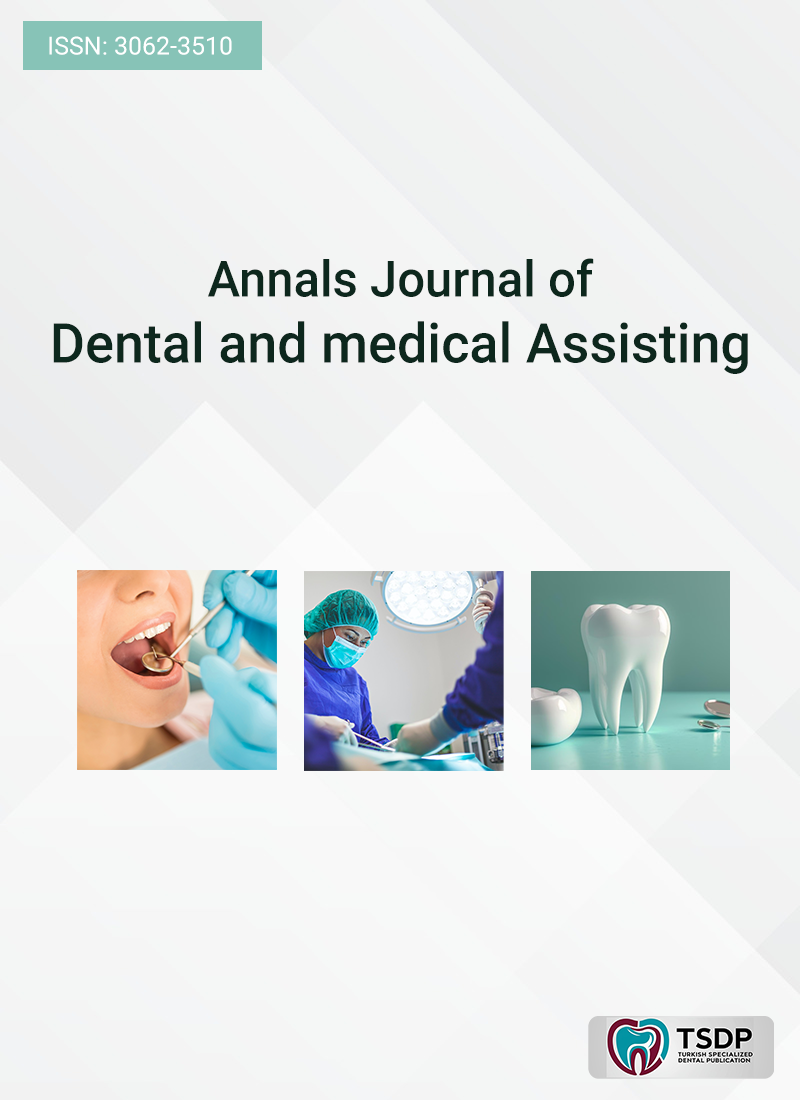
Autism is a developmental, psycho-neurological disorder that appears at the beginning of childhood. Autism spectrum disorder is associated with an inability to social interaction and communication, limited behavioral patterns, and unusual sensory sensitivities. Considering that there are few studies related to the dental problems of autism patients and the results of the studies are contradictory, the present study was conducted to compare DMFT in 3-12-year-old children with autism and healthy children. In this case-control study, 70 children with autism and 70 healthy children with an age range of 3 to 12 years were evaluated. Gender, age, number of children, and parents' education were recorded in both groups. Finally, the DMFT of children with autism and healthy children were compared. Mann-Whitney and Chi-Square statistical tests were used to analyze the data. P < 0.05 was considered significant. According to the results of the study, the education level of parents, age, sex, and the number of children in the two groups did not have a significant difference (P > 0.05), but the DMFT indices in the group of children with autism were significantly higher than the group of healthy children (P < 0.05). Based on the results of the above study, the amount of DMFT index in children with autism was significantly higher than in healthy children. It is necessary to carry out preventive programs at home and in the clinic to improve the oral health of children with autism.